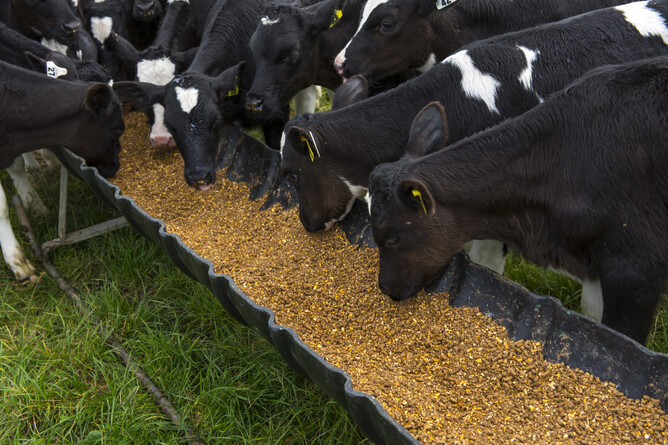With dairy farmers gearing up to send their replacements off farm for grazing, closely monitoring their nutrition will be crucial before the first mating to protect farmers’ bottom lines.
Best practice is to wean replacement heifers at approximately 80kgs for Friesian-Jersey crossbreeds with weaning targets dependent on breed and rearing system. After months investing time and money into nurturing the health of these calves from birth and providing them with the best start in life, they go out to grazing.
SealesWinslow Technical Nutrition and Quality Manager Paul Drew says often there is little human intervention until these calves return home as R2s for mating. This is when problems can arise.
“Farmers invest so much in growing healthy replacement heifers in the first few weeks of their lives. These animals are the future milkers of your herd, so it doesn’t make sense to leave their growth and development to chance,” he says.
“Through nutrition, farmers can optimise the genetic potential of their replacements at such a crucial stage in their development to maximise their future productivity and boost returns. It’s crucial farmers have a watertight agreement in place with their grazier to make sure these heifers are meeting their target weights on time. This will be particularly important this season with the predicted dry summer likely to impact pasture growth and quality.”
Heifer replacements will often undergo a growth check at between nine and 12 months. If they are not meeting their targets, Paul says it can affect their entire lifecycle from reproductive performance to production performance when they join the milking herd.
“Understanding the impacts of nutrition on heifer development is essential to raising heifers that are efficient and profitable. Farmers can invest all their time and money into a replacement heifer only to have her fall out of the herd because she couldn’t get in calf or produce less because she never met her weight targets.”
Paul explains that a heifer’s genetics and liveweight determine when she reaches puberty, not her age.
“The best results are achieved when they are at or above 60 percent of their mature liveweight (LWT) at mating,” he says.
“Well grown heifers produce more milk in their first lactation, more easily compete for feed with mature cows and can survive better in the milking herd compared to poorly grown animals.”
The reproductive performance of replacement heifers is also impacted by their live weight at mating and calving.
“Heifers that do not reach live-weight targets by mating time will calve later and their subsequent fertility will be reduced for future seasons. This will have far-reaching consequences for a farm’s bottom line,” says Paul.
Making sure replacements meet their target weights requires a two-pronged approach.
“The first step is to establish clear weight gain targets and continually monitor each animal's performance against these targets,” says Paul. “The second step is to develop a feeding strategy tailored to helping heifers achieve the necessary weight.
“Farmers should be checking in with their grazier and weighing their heifers. Are they on target to be 60 percent of mature liveweight by mating time?”
Paul says while it is essential to wean calves as soon as possible to pasture, relying solely on pasture for replacements may not be enough.
“Mineral supplementation for young stock can make a significant difference to their performance. It also supports skeletal and rumen development, and muscle growth.
“Mineral supplementation for young stock is relatively straightforward, such as providing molasses blocks.”
Research carried out by SealesWinslow has shown that using a high-quality molasses block with R2 heifers can result in a 5 percent increase in conception rates, with the bonus of earlier conception. Supplemented heifers also displayed higher blood levels of essential minerals like selenium and magnesium.
“It's easier and more cost-effective to manage potential problems before heifers return home. The investment in well-fed, healthy heifers that meet their weight targets, is undoubtedly an excellent return on investment for farmers, ensuring the future success of their herd and their bottom line.”
